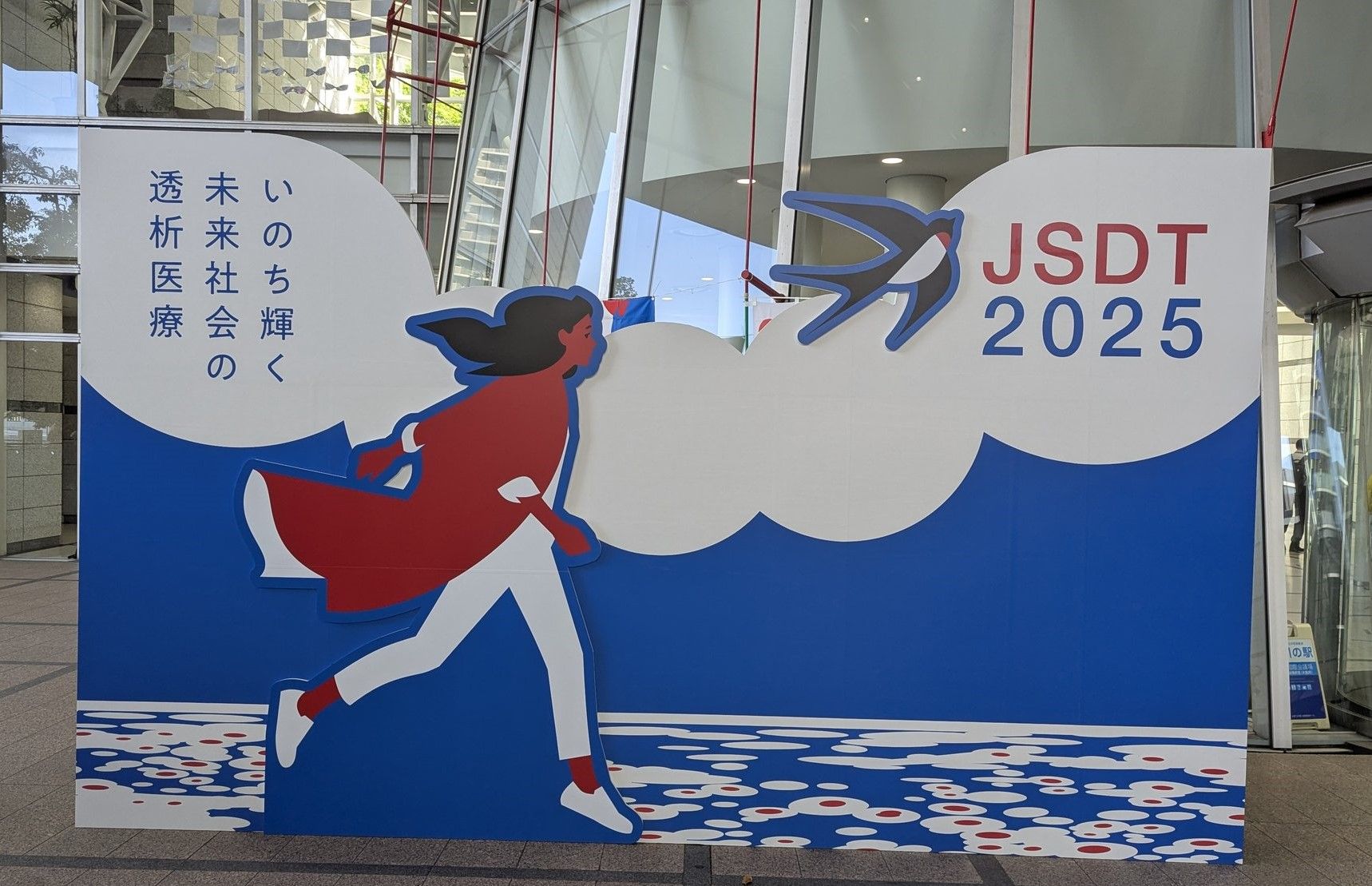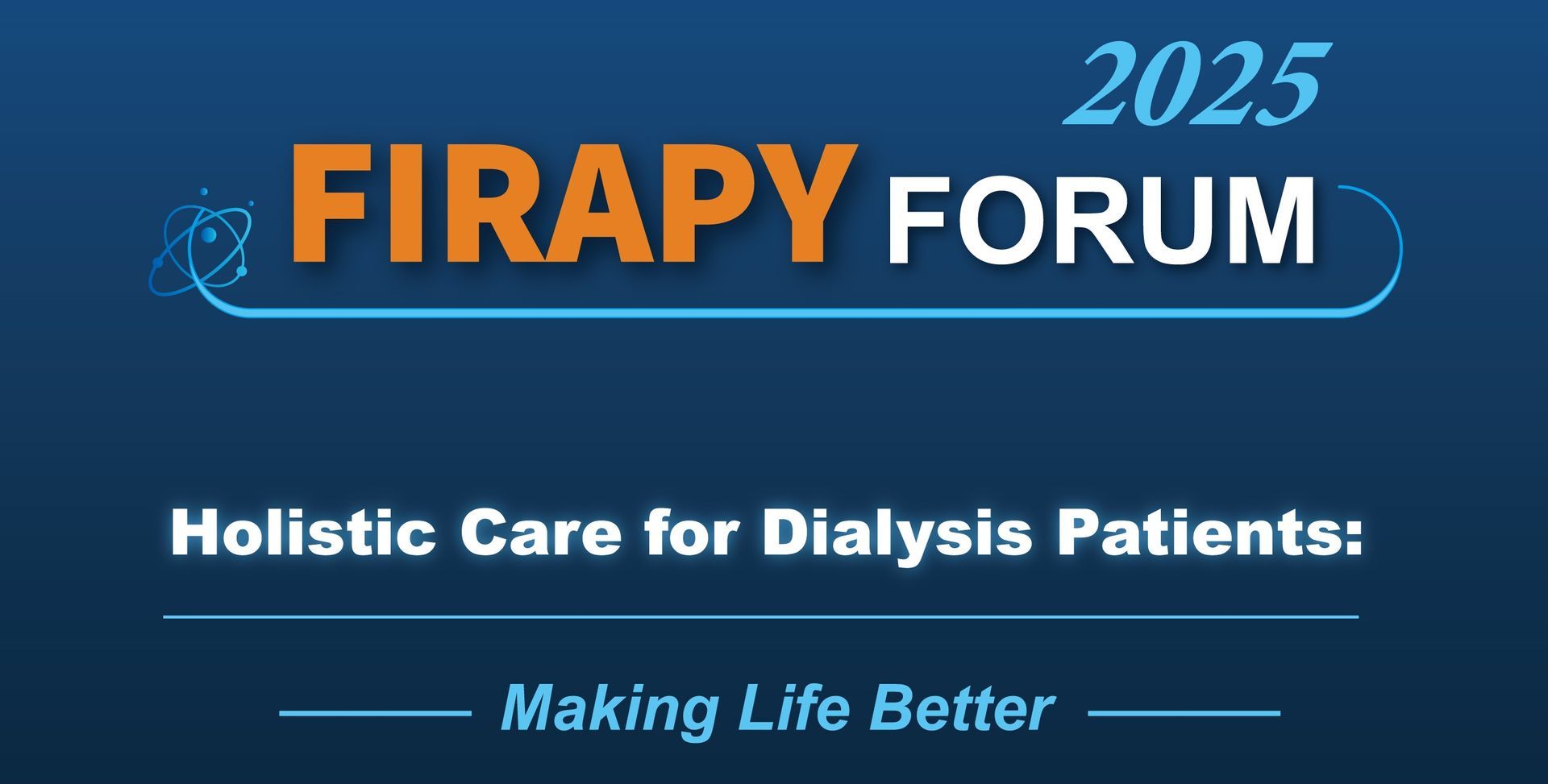Far-infrared irradiation can improve blood flow and patency of arteriovenous fistulas in hemodialysis patients
Commentary by Dr. Seiji Ohira
Original article Lin CC et al. (2007) Far-infrared therapy: a novel treatment to improve access blood flow and unassisted patency of arteriovenous fistula in hemodialysis patients. J Am Soc Nephrol 18: 985–992
A native arteriovenous fistula is the preferred method of vascular access in patients who require maintenance hemodialysis, even though intimal hyperplasia (which results in stenosis, and ultimately thrombosis) is unavoidable in this type of
access. In order to prevent these complications, we have made efforts at my institution to perform preoperative vascular mapping, allowing selection of the most appropriate vessels for fistula creation,1 and identification of the optimal
method of anastomosis for each individual patient. Scheduled postoperative monitoring is also necessary to detect early fistula failure and enable prompt surgical or endovascular repair.2 These steps are all important for maintenance of
adequate arteriovenous fistula function, but they have limited effects on fistula patency. The time has come, therefore, to try something other than surgical techniques to overcome the problem of fistula stenosis.
Only a few trials of nonsurgical approaches to prevent stenosis or restenosis of blood vessels have reported positive results. Kukita et al. found that endovascular iridium-192 irradiation during percutaneous transluminal angioplasty reduced the rate of restenosis.3 As a result of the equipment that this procedure requires, however, the number of facilities at which it can be performed is small; furthermore, there is controversy about its efficacy in preventing central venous restenosis in hemodialysis patients with arteriovenous fistulas.4 Lin et al. have carried out a well designed clinical study that used far-infrared radiation to prevent stenosis and prolong function
of arteriovenous fistulas, and they have reported very interesting and noteworthy results. They applied far-infrared radiation from 25 cm
above the surface of the fistula for 40 min during each thrice-weekly hemodialysis session. No patients complained of any adverse effects, such as skin burn or reaction to the radiation, at any point during the study.
It is important to note that the study has several limitations. First, the arteriovenous fistulas had higher rates of complications and
interventions than those reported elsewhere in the literature, and detailed background information for the patients is not provided. For
example, the authors omit to mention why the upper arm was selected for the site of fistula creation. Furthermore, there is no precise
description of the coverage area of irradiation.
We can speculate that far-infrared irradiation, as a heating therapy, causes rapid local vasodilation, thereby increasing access blood flow and potentially preventing thrombosis. This possibility does not, however, prove that far-infrared therapy was responsible for the blood flow increase observed by Lin et al. after 1 year. This increase could have derived from other desirable histological changes, such as a beneficial effect upon endothelial function. The authors’ speculation about inhibition of intimal hyperplasia and stimulation
of intimal repair as being the underlying mechanism is, however, based on reports such as that by Imamura et al.,5 which only show indirect evidence of such changes.
Before we can recommend far-infrared radiation as a means of prolonging the function of arteriovenous fistulas, we need to know exactly why the blood flow increase observed by Lin et al. was sustained, and what kind of histological changes are caused by this type of radiation. The potential benefits of far-infrared therapy on arteriovenous grafts should also be examined, as these accesses have higher stenosis and thrombosis rates than do arteriovenous fistulas.
S Ohira is a Vascular Surgeon and the Medical Director of Sapporo Kita Clinic, Sapporo, Japan.
-Ohira S. Nat Clin Pract Nephrol. 2007 Aug; 3(8): 422–423.
Want to know more?
Contact us for more detail





